Deciding to get a fireplace is always a welcome addition to any home. The appeal of sitting in front of a warm fire with lush blankets and a cup of hot chocolate cannot be denied! Now that you've got that dream fireplace lighting it is the next step. But can you burn cedar wood in the fireplace? We've researched this to get the answer for you.
Cedar is one of the most common softwoods that can be used to start a fire. Yes, you heard that right! You can burn cedar in a fireplace, but you do have to take note of the following:
- It's easy to ignite but burns away fast.
- It contains high amounts of oil, which causes it to spark and sputter a lot.
Now, it might seem a bit off-putting to use cedar upon reading that. Read on to find out how you can still enjoy the refreshing scent that cedar brings to your home with the correct use of cedar in your fireplace.
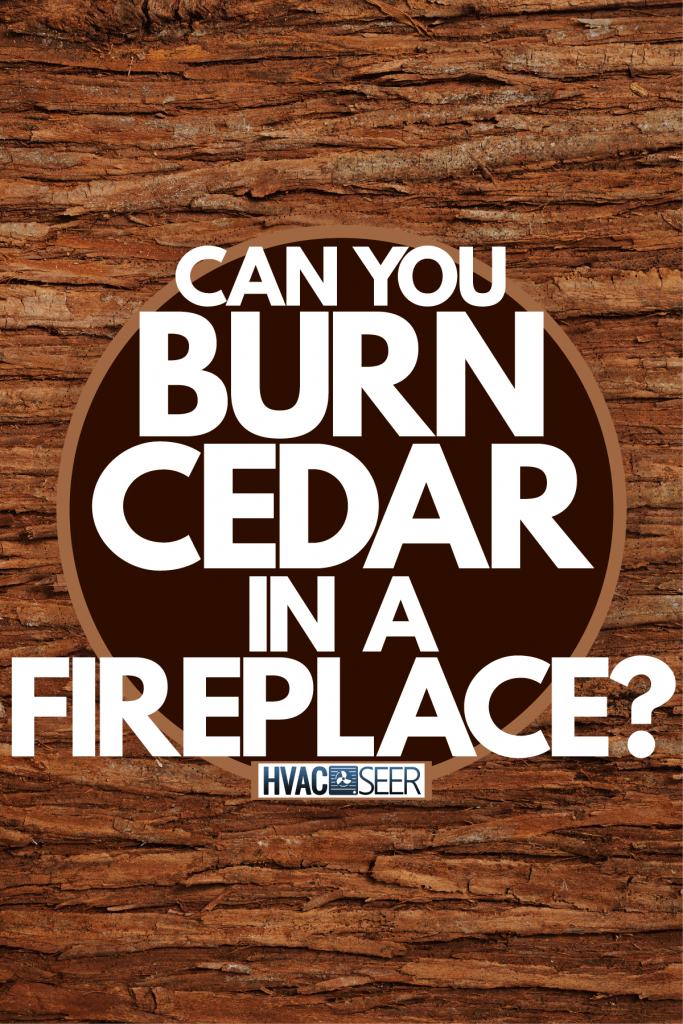
How Well Does Cedar Burn In A Fireplace?
Before diving into a more detailed exploration of cedar wood, you should familiarize yourself with the two types of firewoods first:
- Hardwoods - are typically denser woods with a higher burn temperature. Consequently, because they are dense and heavier, it's harder for them to start burning, but when it does, you will have a hot, blazing fire for a longer period. Examples of hardwoods are walnut, maple, mahogany, and oak.
- Softwoods - softwoods are lighter and season faster than hardwoods which gives them the ability to spark a blaze immediately, but they do burn up faster as well. Most softwoods are resinous, causing them to spark and shoot embers. Popular softwoods include pine, douglas fir, spruce, redwood, and of course, cedar.
Since cedar falls under the softwoods variety of firewood, it's lighter and easier to ignite, but it does not burn for long. It also registers at a much cooler temperature than hardwoods.
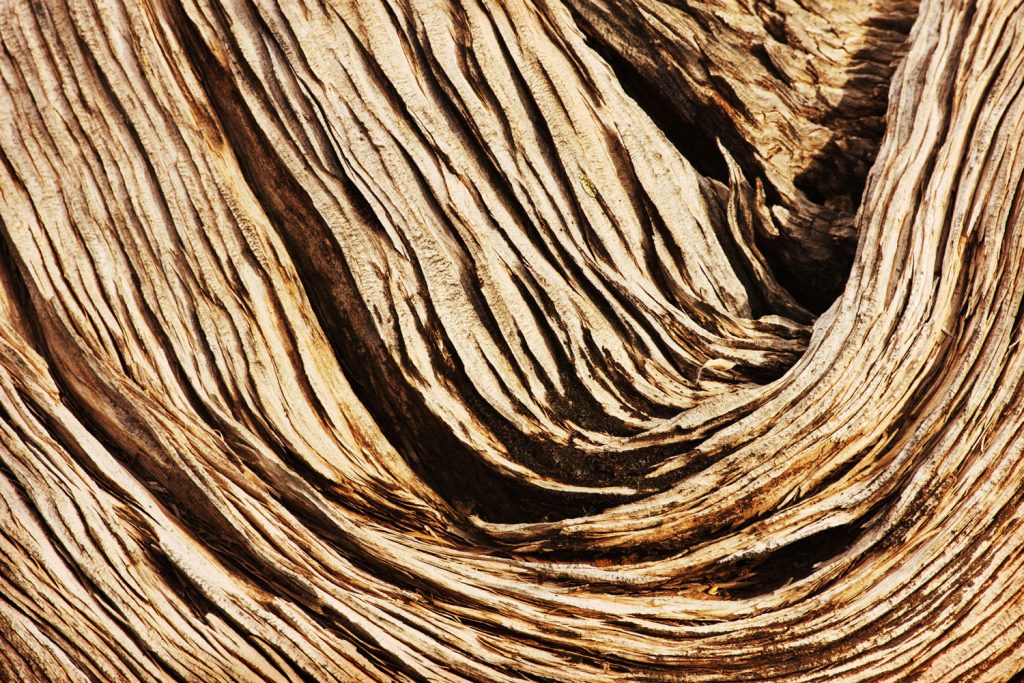
Cedar also has small pockets of oil and resin, which will cause small explosions and embers to fly out, so you need to have a firescreen in place. Check out: "Can You Close The Glass Doors On A Fireplace?"
Experts suggest using cedar as a kindle or burning it together with hardwoods like oak or walnut to make it burn longer and hotter at the same time.
Can Cedarwood Make You Sick?
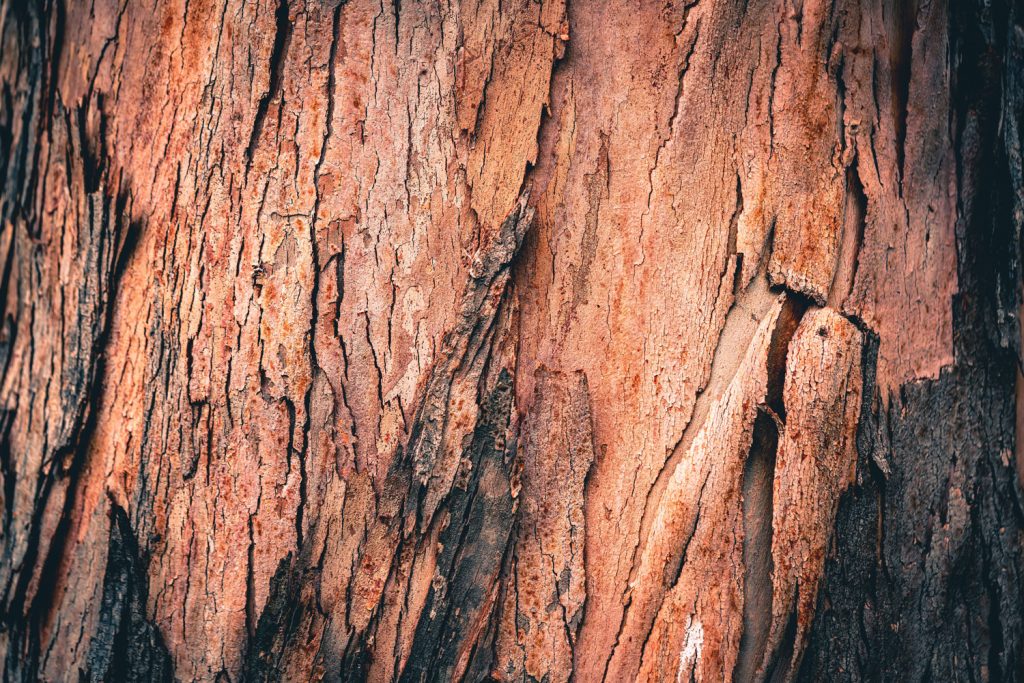
If you’re planning on using cedar regularly, you should watch out for certain varieties of cedar-like:
- incense cedar,
- cedar of Lebanon,
- Spanish cedar,
- and Southern red cedar that can cause allergies, asthma, migraines, stomach cramps.
Western red cedar, in rare cases, can cause nasopharyngeal cancer if with prolonged exposure to cedar wood dust or wood shavings.
Is Cedar Smoke Toxic?
Miraculously though cedar wood shavings and dust are highly irritant, the smoke is not. So you can still take advantage of this fragrant firewood. Cedarwood smoke is not toxic to inhale, unlike other types of wood, like Poison Oak and Poison Sumac, so it is safe to use in indoor fireplaces.
However, as with most softwoods, it will typically produce a lot of smoke together with its high flammability, so it's highly advisable to have a well-ventilated area when using cedar.
What Wood Burns With The Least Smoke?
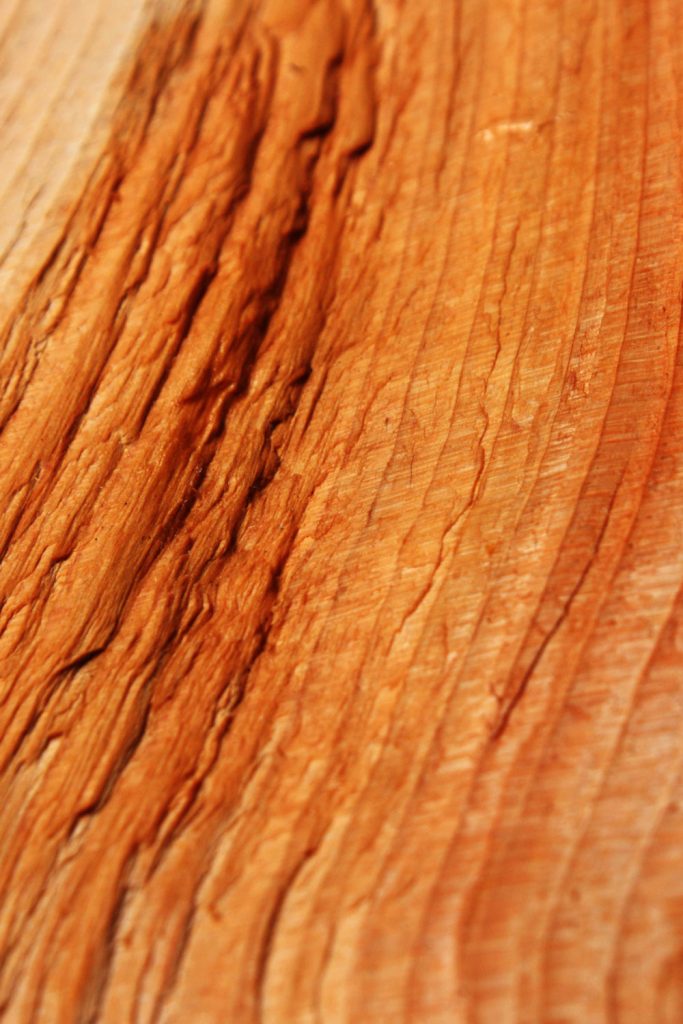
If you think that the fireplace is not really in an ideal location at your home to enjoy cedar, there are other excellent options for firewood that are known for having the least smoke.
- Ash - a highly recommended firewood that burns hot and slow.
- Blackthorn - another firewood that has a great heat output, and burns slowly with less smoke.
- Oak - oak is generally known as one of, if not the best, firewood. It does need to kindle a bit longer, but it'll last for a long time compared to any other firewood.
- Hawthorn - is another good firewood with good heat output and produces little smoke.
What Wood Can't Be Burned In A Fireplace?
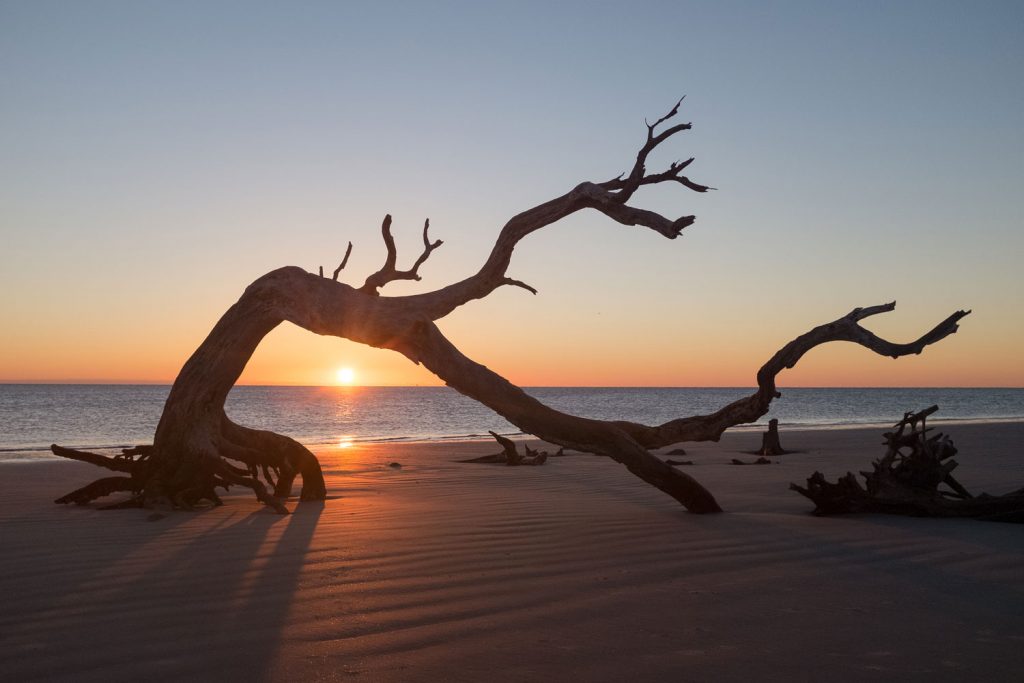
Now that you know what the best firewoods to use for your fireplace, you also need to remember what types of wood, not to burn in it.
- Driftwood - driftwoods are full of salt and chlorine that releases harmful chemicals when burned.
- Green/wet woods - firewood should always be properly seasoned or dried. Softwoods are typically dried for a shorter time, around six months, compared to hardwoods that need to season for at least a year.
- Treated, sealed, or painted woods - burning treated, sealed and painted woods releases harmful chemicals, most of which are cancerous.
- Pine, fir, and spruce - most cone-bearing trees generally have resin content, which will result in more dangerous sparks and embers flying everywhere. These types of woods are more apt to be used as kindling if possible.
Still curious? Check out: "Can You Burn Cardboard in a Fireplace?"
Fuel for Your Thoughts
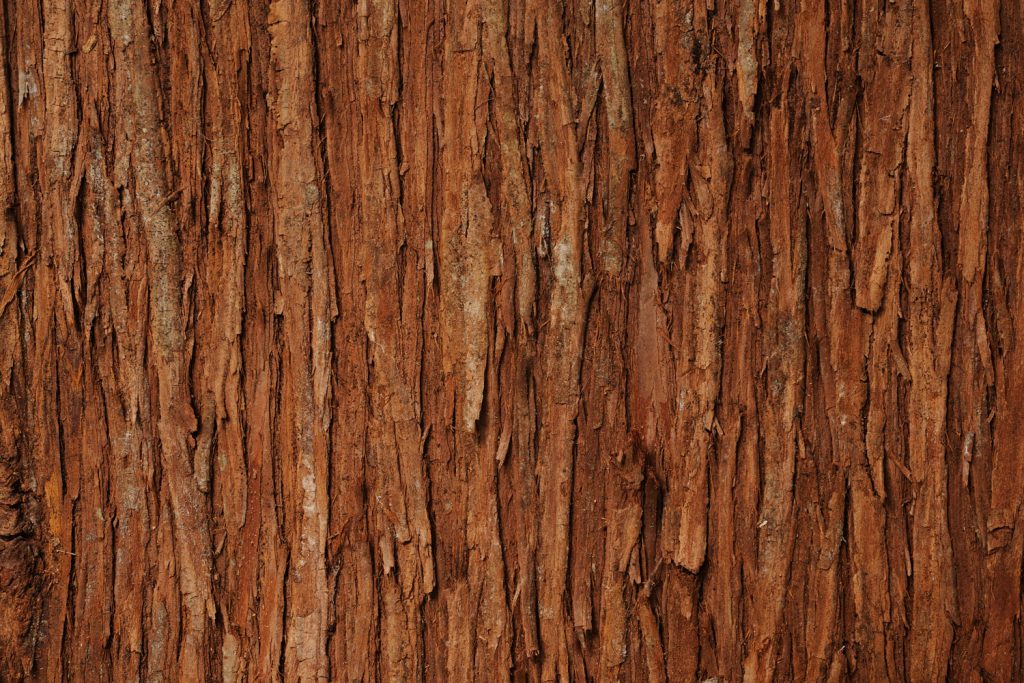
Ultimately, having a fireplace is a great home asset, with a lot of readily available firewoods you can choose from, or if you're up to it, you can cut and season firewood by yourself. Always keep in mind to practice safety first by utilizing a firescreen for those sparky softwoods like cedar or just use them as kindle and then you can enjoy a stable, long-burning hardwood like oak.
